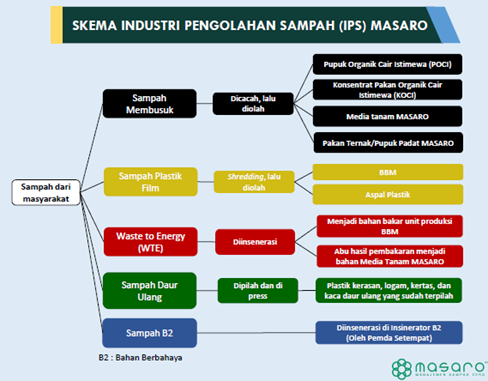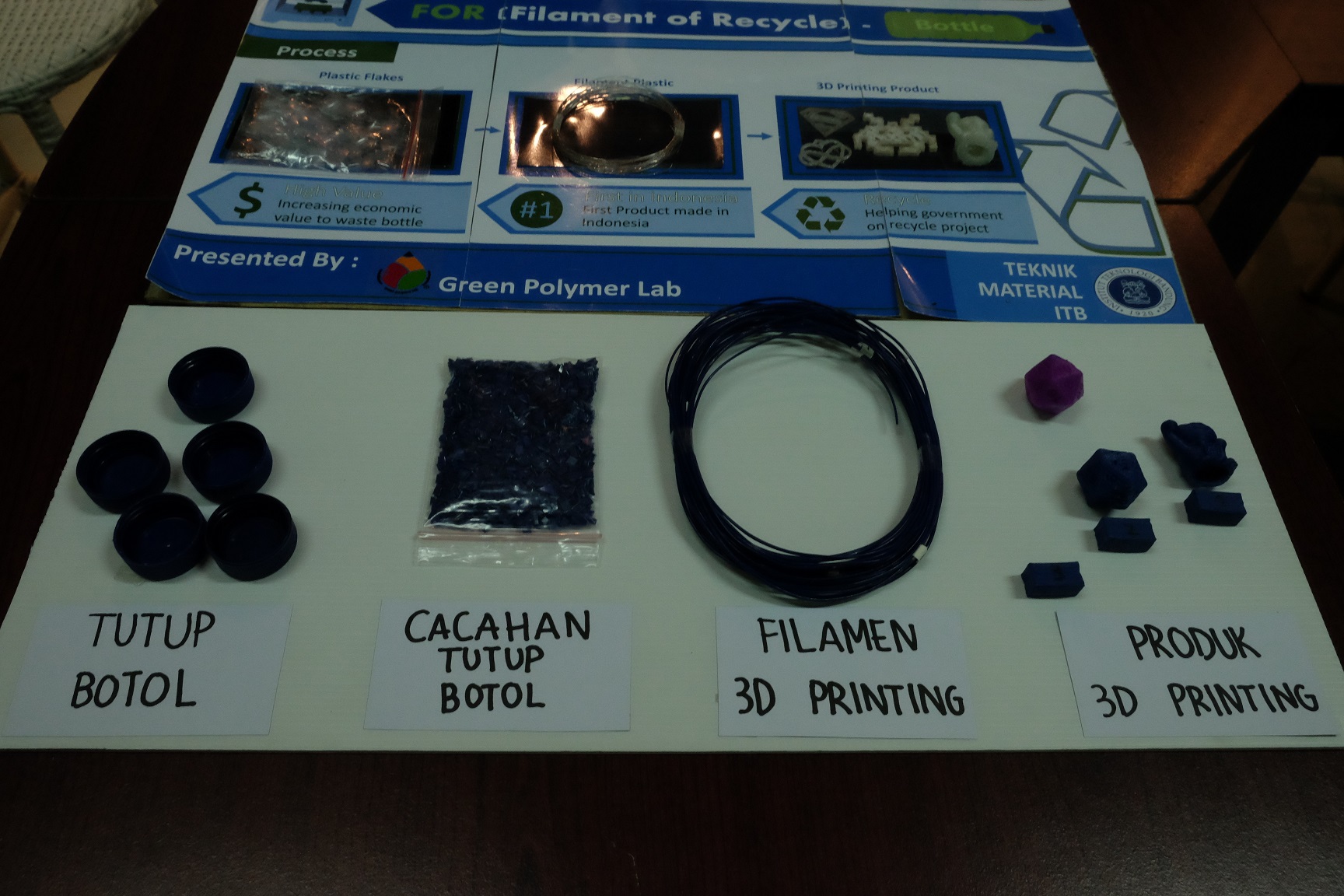ITB Research Team Transform Cow Manure Waste into Daily Products

BANDUNG, itb.ac.id — In planning a product, design is one of the most critical factors. Aside from creating unique and creative experiences for consumers, designed products could ease and transform the life of its user for the better.
Determining a design cannot be separate from its environmental, economic, and sociocultural aspects. The point of design is to increase its functional, ergonomic, quality, and aesthetic aspects. Therefore, ITB continuously innovates and supports research in the realm of design, thus developing products would create prosperity for the Indonesian people.
A product design from ITB that successfully escalated to a global relevance was proposed by Dr. Adhi Nugraha, MA., a professor from the Faculty of Arts and Design (FAD) ITB. Encouraged by his aspiration to reduce manure waste and its pollution to the environment, he and his research team transformed cow manure into a multi-product material.
“I live in a village where most of its villagers are cow farmers, and honestly, they are not very apt on managing their waste products,” he explained the source of his inspiration. “Thus, I got the idea to utilize cow manure as material to prevent their arbitrary disposal.
The research to process cow manure has entered its second year. Dr. Adhi and his team have successfully designed a few prototypes from the created material. The members, composed of researchers from various fields as well as students as junior designers outlined public feedback regarding environmental condition and manure processing before preparing on a series of tests to obtain the resulting material optimally. Local villagers are enthusiastic with the team’s idea as they are also involved in the production of the processed manure. The community also hoped that said activity could become a new source of income.
How did the team transform cow manure into a product? In general, the cow manure is cleaned and washed with water. Afterwards, the slurry is dried and added with a few additives to create a new material. This material will be used as the outer shell of products, such as lamps, loudspeakers, and many more. The product mold is prepared and filled with the processed manure. After they are dried, the mold is removed and the product becomes ready-to-use or will undergo a finishing process.
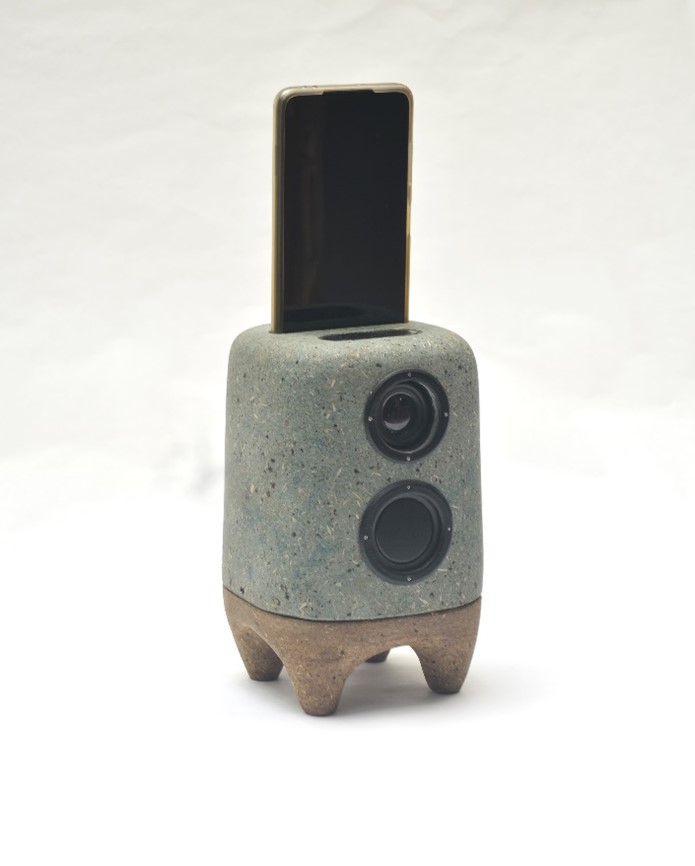
During the process, Dr. Adhi and his team must solve two main issues of their innovation. Firstly, they must find a way to remove the product’s scent, thus the cleaning and addition process to countermeasure its scent. They also proposed an all-natural product.
“Another significant issue includes the product patent and certification to ensure the safety of our innovation, especially regarding its sanitation,” he explained. “Of course, our research has shown magnificent results.” He also asserted the importance of community and researcher roles in product designing that require multidisciplinary study such as anthropology, engineering, and arts.
The team’s product has already been exhibited domestically and internationally, for example at the ICAD 2022 in Jakarta, JIA 2022 in Bali, and FINE 2022 in Singapore. Many visitors were interested in their products, offering to promote the team’s works in their gallery or buy the products. “We are glad that a lot of people were interested in our product,” Dr. Adhi expressed in an interview with the ITB PR Reporter, 8th February 2023.
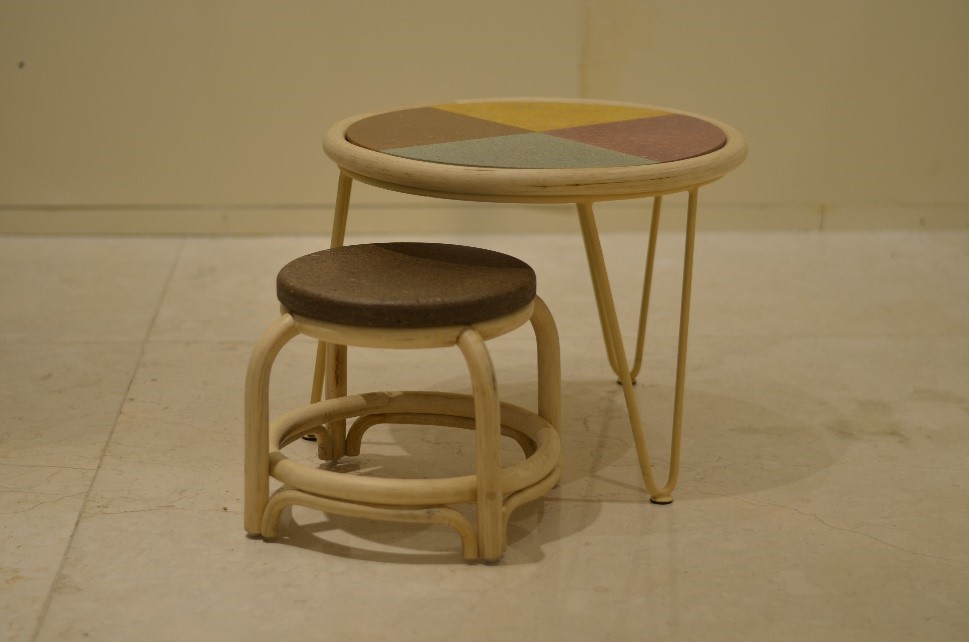
During the product development, Dr. Adhi wants to focus on designing electronic products with his processed materials while perfecting his ready-made products. Material development must also be researched through combining materials of other types of locally-found wastes, in order to support the circular economy concept.
“We hope the product will become an example in solving environmental and social issues that ease the local community’s well-being through economic contribution and swift collaboration.
Reporter: Ruth Nathania (Environmental Engineering, 2019)
Translator: Firzana Aisya (Bioengineering, 2021)
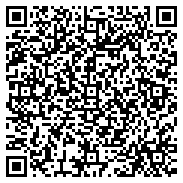
scan for download



